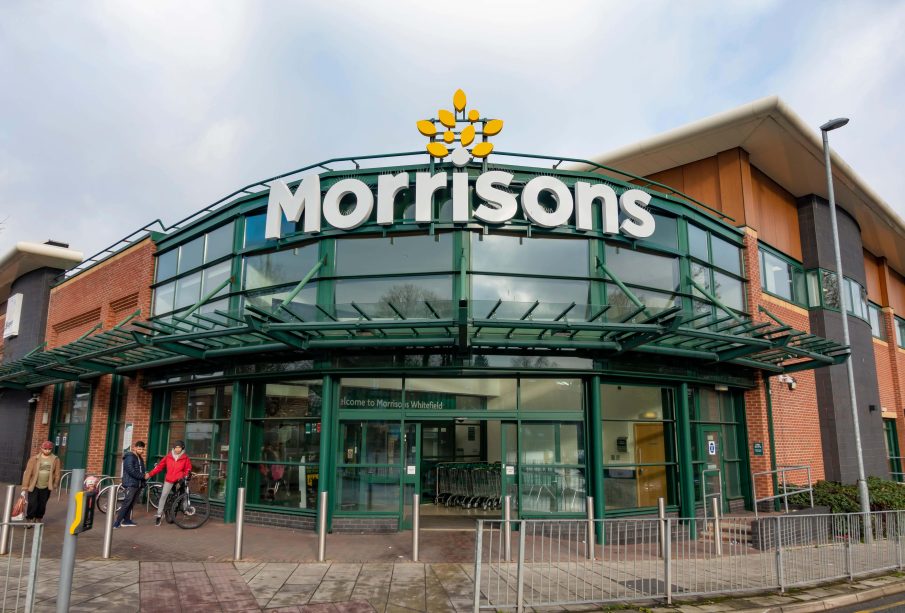Morrisons Store Closures: Impact and Implications

Introduction
The recent announcement regarding store closures by Morrisons has raised significant concerns among employees and shoppers alike. As one of the UK’s largest supermarket chains, any reduction in its physical footprint can have wide-reaching implications for local communities and the broader retail market. The closures come at a time when the retail industry faces numerous challenges, including rising costs, changing consumer behaviour, and increased competition from online shopping.
Details of the Closures
Morrisons has revealed plans to shut down 10 stores across the UK, as part of its strategy to streamline operations and address declining sales. The affected stores include locations in urban areas that have been struggling to attract customers amid the ongoing shift towards online shopping. The closures will primarily impact stores in less profitable regions, with the company stating that the decision was not taken lightly, keeping the long-term viability of the business in mind.
Reasons Behind the Closures
The decision to close these stores is part of Morrisons’ effort to optimise its business model in response to a challenging retail environment. The supermarket sector has been hit hard by inflation, rising operational costs, and changing shopping habits, particularly following the pandemic. Morrisons, like many retailers, has seen a marked increase in online shopping, leading to a reassessment of its physical store presence.
Analysts suggest that the closures are a strategic response, allowing Morrisons to focus on enhancing its digital services and ensuring profitability in a highly competitive market. While the company has seen growth in its online sales, the physical locations that have struggled to adapt are being evaluated for closure.
Impact on Employees and Customers
The store closures will inevitably lead to job losses, a prospect that has raised concerns among employees and trade unions. Morrisons has stated that it will work to support affected staff by offering redeployment opportunities at nearby locations wherever possible. For customers, the closures could mean reduced access to grocery services in certain areas, potentially leading to longer travel times and less convenience.
Conclusion
The Morrisons store closures serve as a stark reminder of the challenges faced by traditional retail in the modern era. As the company implements these changes, it prompts broader questions about the future of brick-and-mortar stores in an increasingly digital marketplace. Looking ahead, the retail sector must adapt and innovate to keep pace with evolving consumer preferences. For loyal Morrisons shoppers, the hope remains that the supermarket can stabilise its operations and emerge from this period of transition stronger and more attuned to customer needs.








